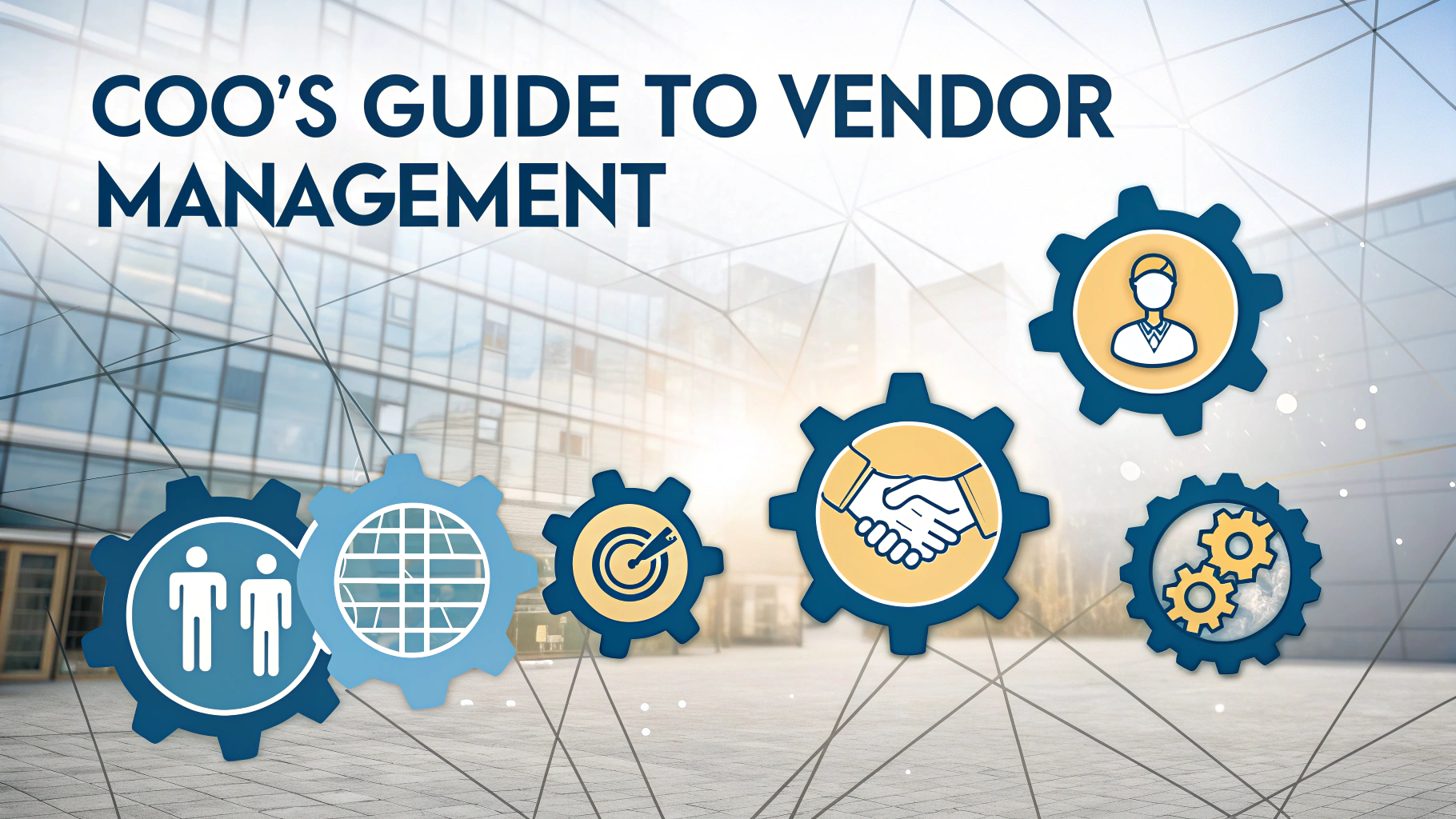Digital Operations Maturity Assessment helps organizations measure and improve their operational effectiveness through technology and process optimization.
This guide explores how COOs can leverage maturity assessments to transform their digital operations and gain competitive advantages.
Understanding your organization’s digital maturity level enables data-driven decisions for strategic improvements and resource allocation.
Key Components of Digital Operations Maturity
- Process automation and workflow optimization
- Data analytics and business intelligence capabilities
- Technology infrastructure and integration
- Workforce digital skills and training
- Customer experience and digital engagement
Assessment Framework
| Maturity Level | Characteristics |
|---|---|
| Level 1: Initial | Manual processes, limited technology adoption |
| Level 2: Managed | Basic automation, siloed systems |
| Level 3: Defined | Standardized processes, integrated systems |
| Level 4: Measured | Data-driven decisions, predictive analytics |
| Level 5: Optimized | Continuous improvement, innovation focus |
Conducting the Assessment
- Form a cross-functional assessment team
- Gather operational data and metrics
- Review current technology stack
- Evaluate process efficiency
- Analyze workforce capabilities
Quick Assessment Checklist
- ✓ Document current operational processes
- ✓ Map technology infrastructure
- ✓ Review automation levels
- ✓ Assess data analytics capabilities
- ✓ Evaluate staff digital competencies
Implementation Roadmap
Start with quick wins that demonstrate immediate value, such as automating repetitive tasks or implementing basic analytics tools.
Prioritize initiatives based on business impact and resource requirements.
Create a phased approach for technology adoption and process improvements.
Measuring Success
- Operational KPIs: Process efficiency, cycle times, error rates
- Financial Metrics: Cost savings, ROI on digital investments
- Customer Metrics: Satisfaction scores, response times
- Employee Metrics: Digital adoption rates, productivity
Expert Resources
Contact these organizations for professional assessment support:
- Digital Operations Institute: www.digitaloperations.org
- ISACA: www.isaca.org
- IEEE Computer Society: www.computer.org
Taking Action
Schedule your first assessment within the next 30 days to establish your baseline maturity level.
Use the results to create a targeted improvement plan aligned with business objectives.
Review and update the assessment quarterly to track progress and adjust strategies.
Change Management
Successful digital transformation requires strong change management practices and stakeholder buy-in.
- Develop clear communication strategies
- Create training and support programs
- Address resistance to change
- Celebrate early successes
- Build momentum through quick wins
Risk Management
Identify and mitigate potential risks in your digital transformation journey:
- Cybersecurity vulnerabilities
- Data privacy compliance
- System integration challenges
- Resource constraints
- Operational disruptions
Cost Considerations
Investment Areas
- Technology infrastructure upgrades
- Software licenses and subscriptions
- Training and development
- Change management programs
- External consulting support
Common Pitfalls to Avoid
- Trying to do too much too quickly
- Neglecting employee training needs
- Inadequate stakeholder communication
- Poor data governance practices
- Insufficient testing and validation
Driving Digital Excellence
Regular maturity assessments provide the foundation for continuous improvement and digital excellence.
Focus on building sustainable capabilities that create long-term competitive advantages.
Remember that digital maturity is a journey, not a destination – maintain momentum through consistent evaluation and adaptation.
FAQs
- What is a Digital Operations Maturity Assessment?
A comprehensive evaluation framework that measures an organization’s capabilities in leveraging digital technologies, processes, and strategies to optimize operational efficiency and drive business value. - What are the key areas evaluated in a Digital Operations Maturity Assessment?
The assessment typically examines automation levels, data analytics capabilities, process integration, technology infrastructure, workforce digital skills, customer experience digitization, and operational governance. - How often should organizations conduct a Digital Operations Maturity Assessment?
Organizations should conduct assessments annually or bi-annually to track progress, identify gaps, and adjust digital transformation strategies accordingly. - What are the typical maturity levels in a Digital Operations Assessment?
Most frameworks include 4-5 levels: Initial/Basic, Developing, Defined/Intermediate, Advanced/Managed, and Optimized/Leading, each representing increasing sophistication in digital operations. - How does a Digital Operations Maturity Assessment benefit the COO?
It provides COOs with actionable insights for strategic planning, resource allocation, identifying operational bottlenecks, prioritizing digital investments, and benchmarking against industry standards. - What role does change management play in Digital Operations Maturity?
Change management is crucial for successful digital transformation, ensuring proper adoption of new technologies, processes, and ways of working across the organization. - How does Digital Operations Maturity impact business performance?
Higher digital operations maturity typically correlates with improved operational efficiency, reduced costs, enhanced customer satisfaction, faster time-to-market, and increased revenue. - What are the critical success factors for improving Digital Operations Maturity?
Key factors include executive sponsorship, clear governance structures, adequate funding, skilled talent, robust technology infrastructure, and a culture of continuous improvement. - How does Digital Operations Maturity relate to Industry 4.0?
Digital Operations Maturity is integral to Industry 4.0 implementation, as it measures an organization’s readiness and capability to adopt advanced technologies like IoT, AI, and smart manufacturing. - What metrics are used to measure Digital Operations Maturity?
Common metrics include process automation rates, digital adoption levels, data analytics capabilities, system integration levels, digital skill proficiency, and operational KPIs.







